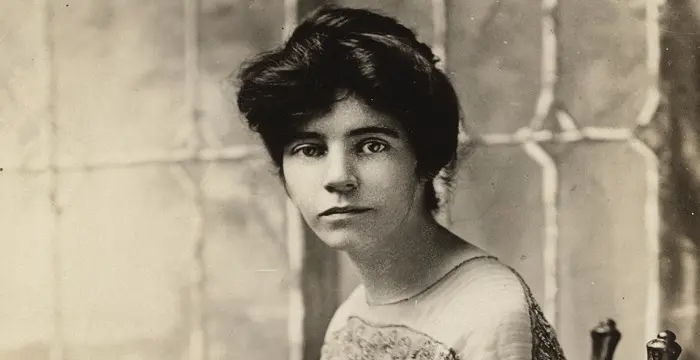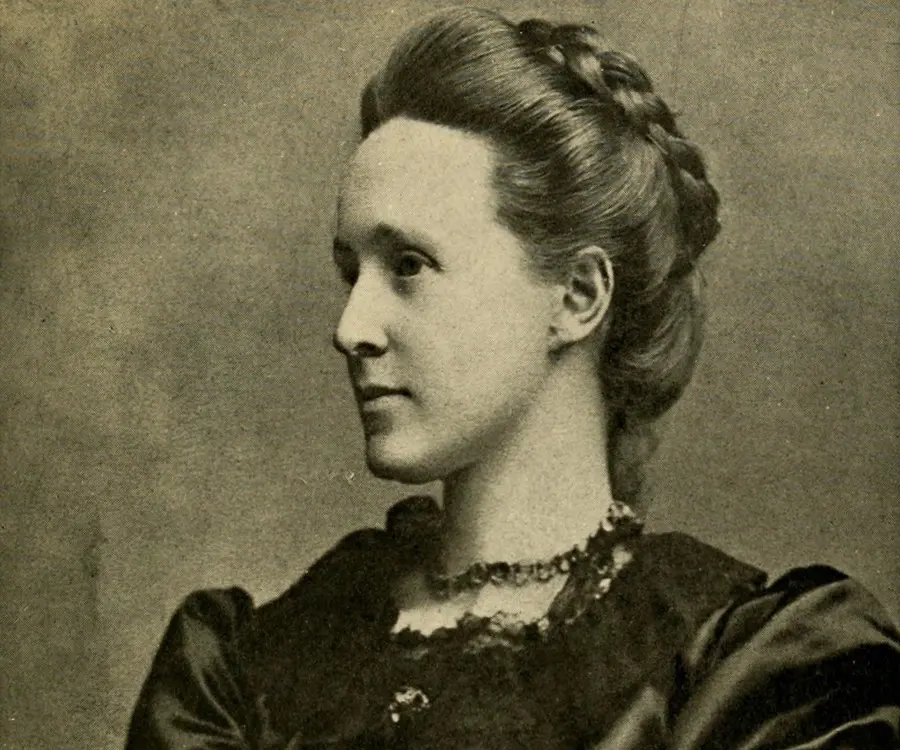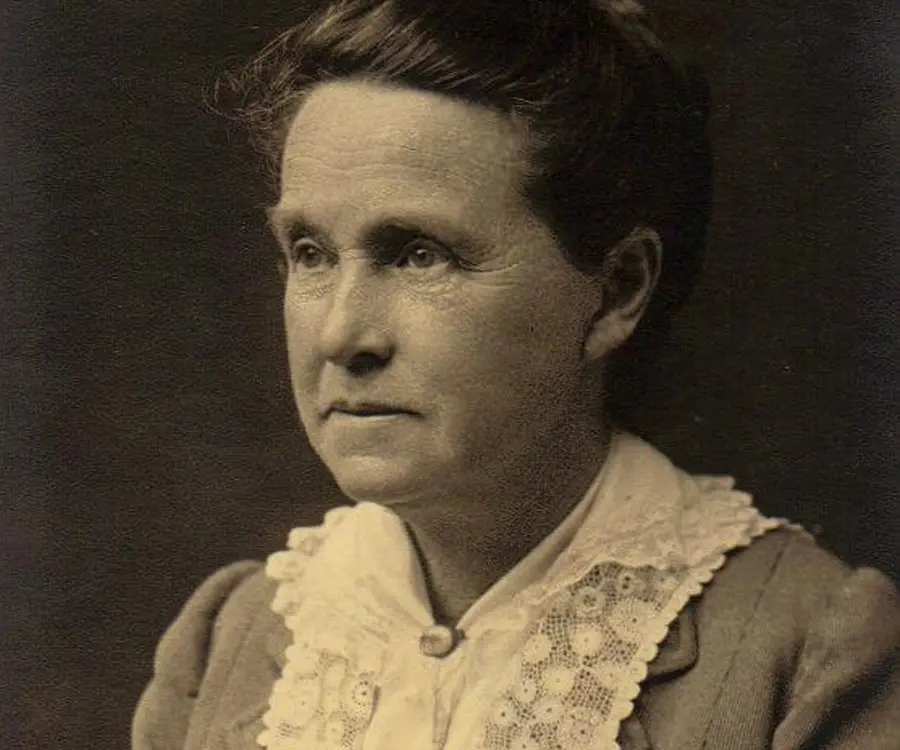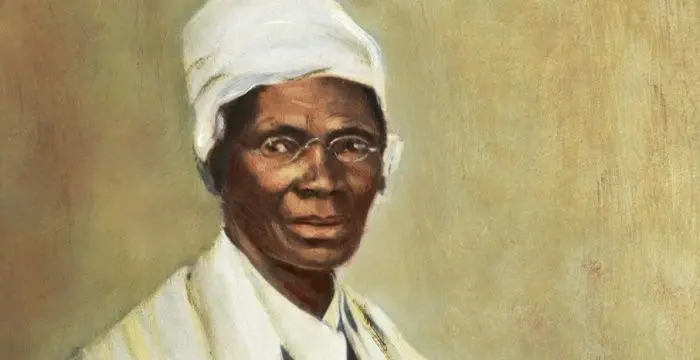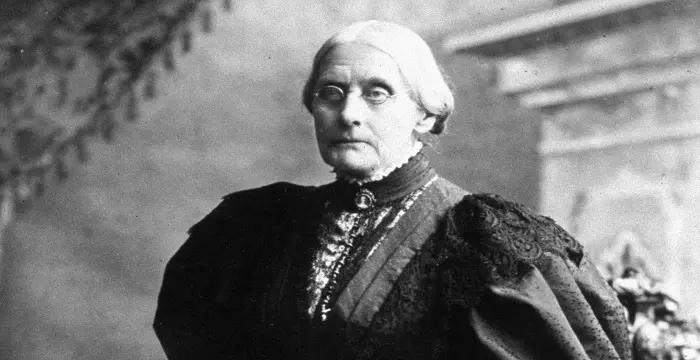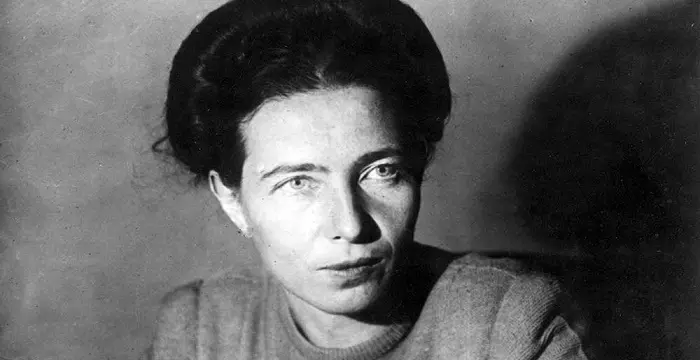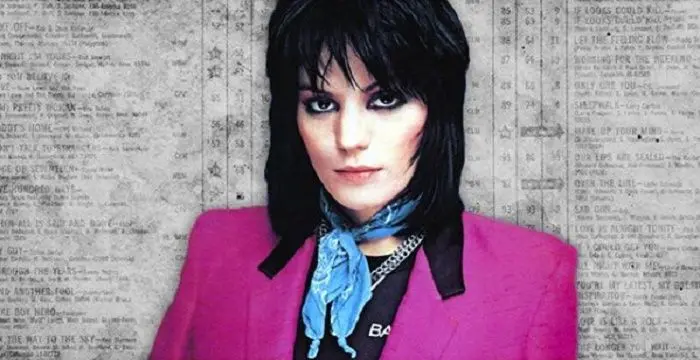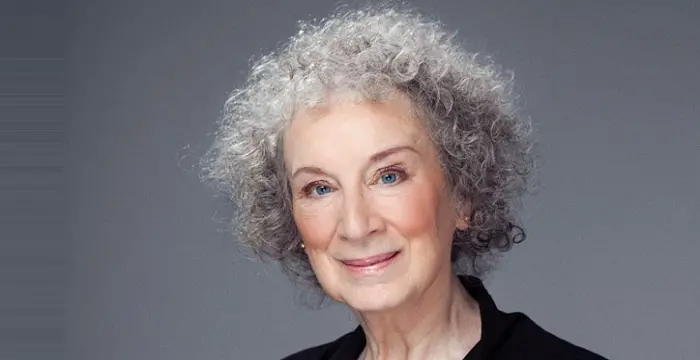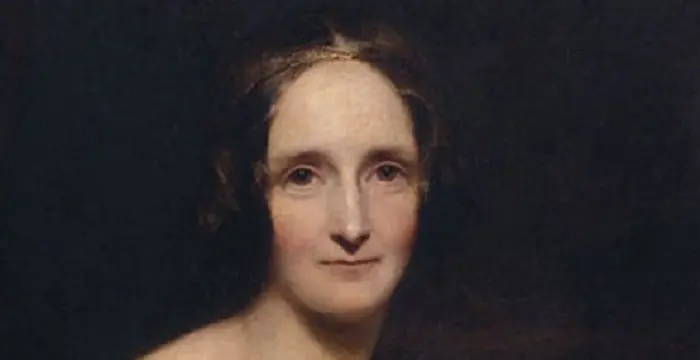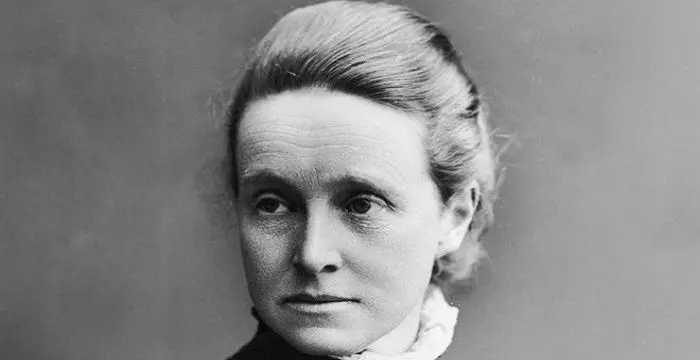
Millicent Fawcett - Suffragist, Timeline and Childhood
Millicent Fawcett's Personal Details
Millicent Fawcett was a British reformer, feminist and intellectual
| Information | Detail |
|---|---|
| Birthday | June 11, 1847 |
| Died on | August 5, 1929 |
| Nationality | British |
| Famous | Feminists, Activists, Women's Rights Activists, Suffragist |
| Spouses | Henry Fawcett |
| Siblings | Elizabeth Garrett Anderson |
| Known as | Dame Millicent Garrett Fawcett, Millicent Garrett |
| Founder / Co-Founder |
|
| Birth Place | Aldeburgh |
| Gender | Female |
| Father | Newson Garrett |
| Sun Sign | Gemini |
| Born in | Aldeburgh |
| Famous as | Suffragist |
| Died at Age | 82 |
// Famous Suffragist
Alice Paul
Alice Paul was a women’s rights activist and a key figure of the 20th century women’s suffrage movement. This biography of Alice Paul provides detailed information about her childhood, life, achievements, works & timeline.
Millicent Fawcett's photo
Who is Millicent Fawcett?
Millicent Fawcett was a British reformer, feminist and intellectual, known for her 50 years of long leadership in the field of women suffrage. Appreciated for her balanced and non –violent ways, she successfully ran the biggest suffrage organization - National Union of Women's Suffrage Societies (NUWSS). Well-known for her advocacy of women rights, her contribution as a promoter of education and worker welfare has also been well acknowledged. It was only her undying spirit and constitutional means that helped in winning the voting rights for women in Britain. Her writing and oratorical skills are clearly visible in her writings and speeches that she delivered during her long struggle in the arena of women suffrage.
// Famous Women's Rights Activists
Emily Greene Balch
Emily Greene Balch was an American economist, sociologist and pacifist who won the 1946 Nobel Peace Prize. This biography of Emily Greene Balch provides detailed information about her childhood, life, achievements, works & timeline.
Sojourner Truth
Sojourner truth was an African American abolitionist who was the first black woman to win a case against a white man. This biography provides detailed information about her childhood, life, achievements, works & timeline.
Susan B. Anthony
Susan B. Anthony was an American feminist who played a major role in the women's suffrage movement. This biography of Susan B. Anthony provides detailed information about her childhood, life, achievements, works & timeline
Childhood & Early Life
She was born on June 11, 1847 in an upper middle class family to Newson Garret and Louise Dunnell in Aldeburgh, Suffolk, England.
Her father was a ship-owner and a radical politician and had ten children out of which Millicent was seventh.
At the age of twelve, Millicent along with her sister was enrolled in a private boarding school in Blackheath, London, from where her inclination towards literature and education began.
When she was twelve her sister Elizabeth moved to London to study to qualify as a doctor, and Millicent regularly visited her there. These visits increased her interest in women's rights
At 19 her sister took her to attend a speech session by John Stuart Mill on women’s rights, which left Millicent immensely impressed.
Career
At the age of 19, she became secretary of the London Society for Women's Suffrage and J. S. Mill introduced her to many other women's rights activist.
In 1868, she became a member of London Suffrage Committee and spoke at the first public pro-suffrage meeting to be held in London in 1869. This speech was supported and guided by her husband, Henry Fawcett, a liberal Member of Parliament.
Her exemplary orating skills helped her political, academic and women issues.
The Newnham College in Cambridge was founded by the efforts Millicent Fawcett in 1871.
She was also a co-founder of Newnham Hall, and served on its Council.
Post her husband’s demise in 1884 she temporarily withdrew herself from public life only to resume work in 1885.
In 1890, she became President of the National Union of Women Suffrage Societies (NUWSS) which was the most acclaimed group struggling for women voting rights, where she continued till 1919.
Under her able leadership, the NUWSS also worked on issues such as slave trading and extending aid for the women and children sufferers in the Boer War.
After a lot of hue and cry in the social and political arena, it was only after the First World War that the situation improved. Seeing the active involvement of women in support of war effort, the right to vote for those over 30 was approved by the Qualification of Women Act, 1918.
A year after the first women had been granted the right to vote, she left the suffrage movement, and devoted much of her time to writing books.
It was only ten years later in 1928 that the voting age for women became at par with the men.
She led a moderate campaign for the Women's suffrage in the United Kingdom and distanced herself from the militant and violent activities of the Pankhursts and the Women's Social and Political Union (WSPU).
In July 1901, she went to South Africa to investigate atrocious conditions in concentration camps where the families of the Boer soldiers were interned.
Apart from the suffrage movement, she supported many other causes too. She worked towards curbing child abuse, ending cruelty to children within the family, ending the 'white slave trade', preventing child marriage and introduction of regulated prostitution in India.
She also campaigned for the repeal of the Contagious Diseases Acts, which reflected sexual double standards.
She wrote ‘Political Economy for Beginners’ (1870, it continued for 10 editions and for 41 years); a novel, ‘Janet Doncaster’ (1875); ‘The Women’s Victory—and After’ (1920, about the fight for winning the voting rights) and ‘What I Remember’ (1924).
Awards & Achievements
Millicent Fawcett was granted an Honorary LLD by St. Andrew’s University in 1905.
She became Dame Millicent Fawcett in 1924 after getting the Grand Cross of the Order of the British Empire.
The Fawcett Library, which is known for its collection on feminism and suffrage movement especially that of Great Britain is named after Millicent Garrett Fawcett.
Her memories are preserved in the form of Fawcett Society and Millicent Fawcett Hall, constructed in 1929 in Westminster as a place to discuss women issues. It is now under the drama department of the Westminster School as a 150 seat studio theatre.
Personal Life & Legacy
In 1967, Millicent got married to Henry Fawcett who worked at the Cambridge University as an economics professor and was a radical politician.
The couple had a daughter in Philippa Fawcett, who later worked as a tutor at the Birkbeck Literary and Scientific Institution.
Her husband Henry Fawcett passed away in 1884. After his death, she spent her remaining life working for women suffrage.
She passed away in London on August 5, 1929.
// Famous Activists
Temple Grandin
Temple Grandin is a well-known American writer, autistic activist and animal expert. This biography profiles her childhood, life, achievements, career and timeline
Susan Sontag
Susan Sontag is an American critical essayist, cultural analyst, novelist, political activist, filmmaker and playwright of international repute. Read on to find out more about her childhood, career, profile and timeline.
Serj Tankian
Serj Tankian is a famous American singer-songwriter and member of the band, ‘System of a Down’. This biography profiles his childhood, music career, life, achievements and timeline.
Millicent Fawcett biography timelines
- // 11th Jun 1847She was born on June 11, 1847 in an upper middle class family to Newson Garret and Louise Dunnell in Aldeburgh, Suffolk, England.
- // 1868 To 1869In 1868, she became a member of London Suffrage Committee and spoke at the first public pro-suffrage meeting to be held in London in 1869. This speech was supported and guided by her husband, Henry Fawcett, a liberal Member of Parliament.
- // 1871The Newnham College in Cambridge was founded by the efforts Millicent Fawcett in 1871.
- // 1884 To 1885Post her husband’s demise in 1884 she temporarily withdrew herself from public life only to resume work in 1885.
- // 1884Her husband Henry Fawcett passed away in 1884. After his death, she spent her remaining life working for women suffrage.
- // 1890 To 1919In 1890, she became President of the National Union of Women Suffrage Societies (NUWSS) which was the most acclaimed group struggling for women voting rights, where she continued till 1919.
- // Jul 1901In July 1901, she went to South Africa to investigate atrocious conditions in concentration camps where the families of the Boer soldiers were interned.
- // 1905Millicent Fawcett was granted an Honorary LLD by St. Andrew’s University in 1905.
- // 1918After a lot of hue and cry in the social and political arena, it was only after the First World War that the situation improved. Seeing the active involvement of women in support of war effort, the right to vote for those over 30 was approved by the Qualification of Women Act, 1918.
- // 1924She became Dame Millicent Fawcett in 1924 after getting the Grand Cross of the Order of the British Empire.
- // 1928It was only ten years later in 1928 that the voting age for women became at par with the men.
- // 1929Her memories are preserved in the form of Fawcett Society and Millicent Fawcett Hall, constructed in 1929 in Westminster as a place to discuss women issues. It is now under the drama department of the Westminster School as a 150 seat studio theatre.
- // 5th Aug 1929She passed away in London on August 5, 1929.
- // 1967In 1967, Millicent got married to Henry Fawcett who worked at the Cambridge University as an economics professor and was a radical politician.
// Famous Feminists
Sojourner Truth
Sojourner truth was an African American abolitionist who was the first black woman to win a case against a white man. This biography provides detailed information about her childhood, life, achievements, works & timeline.
Simone de Beauvoir
Simone de Beauvoir was an eminent French writer, intellectual, activist, and philosopher. This biography profiles her childhood, life, thoughts, achievements and timeline.
Susan B. Anthony
Susan B. Anthony was an American feminist who played a major role in the women's suffrage movement. This biography of Susan B. Anthony provides detailed information about her childhood, life, achievements, works & timeline
Joan Jett
Joan Jett is an American rock singer, musician, composer, actress, and record producer. This biography profiles her childhood, family, personal life, career, etc.
Margaret Atwood
Margaret Atwood is a Canadian writer, best known for her novels, short stories and poems. This biography of Margaret Atwood provides detailed information about her childhood, life, achievements, works & timeline.
Mary Shelley
Mary Shelley was an author of the Romantic era whose first novel is regarded a benchmark in English literature. This biography provides detailed information about her childhood, profile, career and timeline
Millicent Fawcett's FAQ
What is Millicent Fawcett birthday?
Millicent Fawcett was born at 1847-06-11
When was Millicent Fawcett died?
Millicent Fawcett was died at 1929-08-05
Where was Millicent Fawcett died?
Millicent Fawcett was died in London
Which age was Millicent Fawcett died?
Millicent Fawcett was died at age 82
Where is Millicent Fawcett's birth place?
Millicent Fawcett was born in Aldeburgh
What is Millicent Fawcett nationalities?
Millicent Fawcett's nationalities is British
Who is Millicent Fawcett spouses?
Millicent Fawcett's spouses is Henry Fawcett
Who is Millicent Fawcett siblings?
Millicent Fawcett's siblings is Elizabeth Garrett Anderson
Which company or organization was founded by Millicent Fawcett?
Millicent Fawcett was the founder/co-founder of National Union of Women's Suffrage Societies
Who is Millicent Fawcett's father?
Millicent Fawcett's father is Newson Garrett
What is Millicent Fawcett's sun sign?
Millicent Fawcett is Gemini
How famous is Millicent Fawcett?
Millicent Fawcett is famouse as Suffragist
